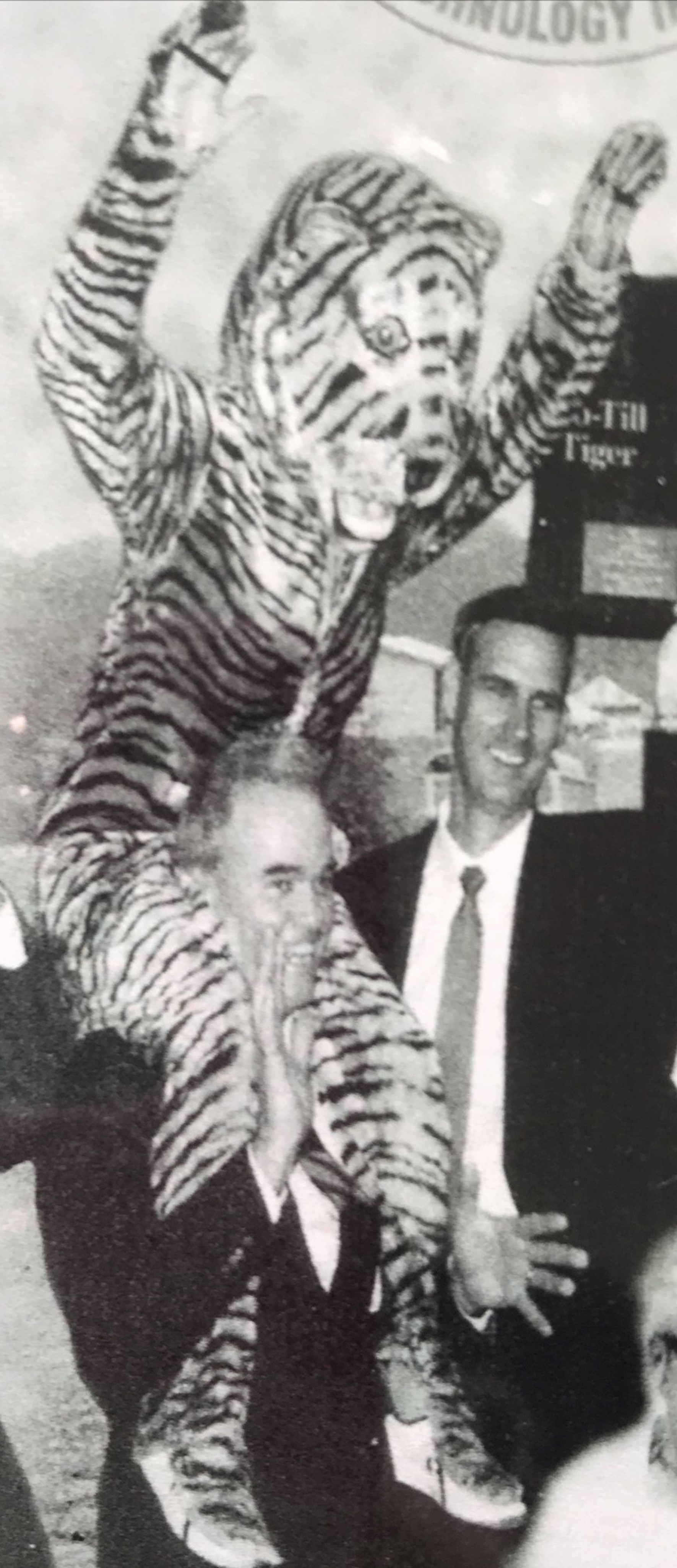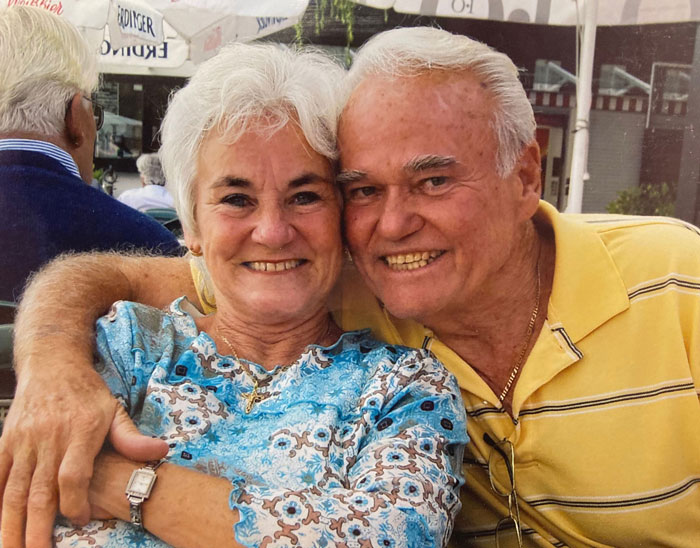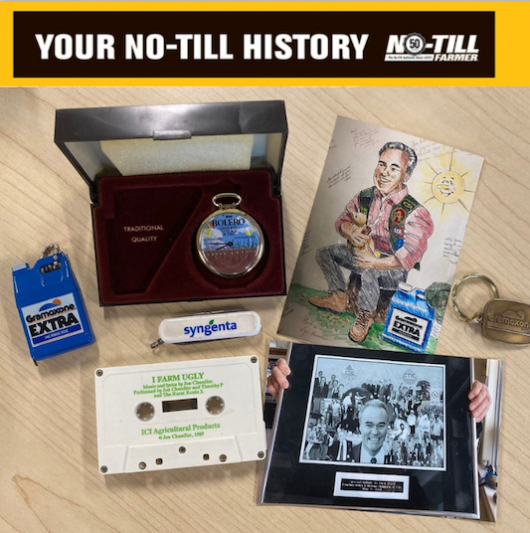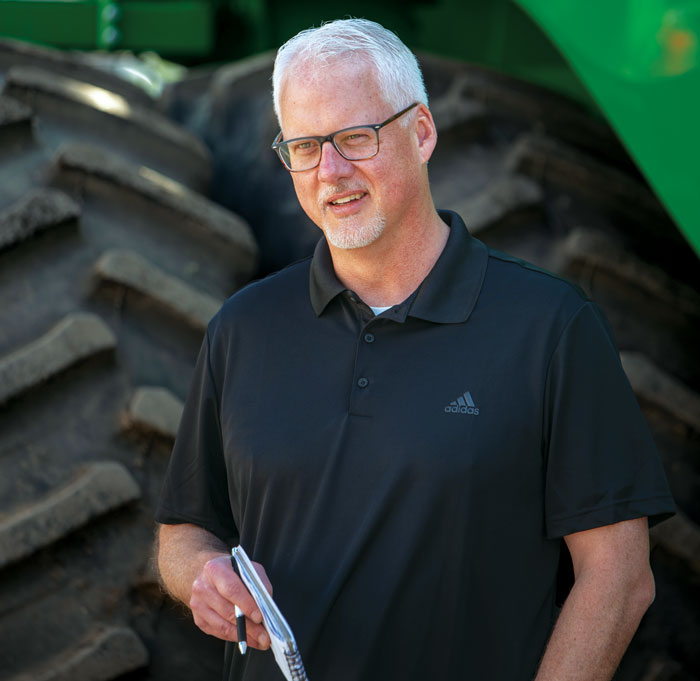The No-Till Farmer Influencers & Innovators podcast “Dick Foell and the No-Till Tigers” that aired on July 20 prompted some additional questions of the Dick Foell (now retired in California) a major cheerleader of no-till on the national stage in the 1970s and 1980s and one who was called the “Godfather of the Conservation Technology Information Center (CTIC).” To this date, he is the only lifetime award recipient of the CTIC.
Foell, who has a “shrine of sorts” of no-till history in his California garage, packed and shipped several mementos to No-Till Farmer in late July.
I Farm Ugly Song Promotes No-Till
A lot of no-tillers have seen the “Farm Ugly” bumper sticker promoting no-till with Gramoxone Super, but most no-tillers are not aware (or have long forgotten) that no-till was the subject of a country music song in the late 1980s, called “I Farm Ugly.” You can listen to the song here.
Foell recalls that a Chevron rep in his area, Pete Bogosian, came up with the idea for the song, and helped get it produced. Jon Chandler composed the song and lyrics, and it was recorded by Chandler Timothy P and the Rural Route 3. It was bankrolled by ICI Agricultural Products and released in 1989.
No-Till Tigers
Foell was always on the lookout for creative way to get the point across about no-till. One of the ways to get attention was to recognize the champions of the practice who were making no-till work.
Somewhere along the way, he devised a program dubbed the “No-Till Tigers.” At meetings and field days, he’d present a farmer with a No-Till Tiger award, and usually put his feline-dressed wife Chic on his shoulders when doing the no-till field demos. He couldn’t venture a guess as to how many times she graced his shoulders for this pomp and circumstance, but it was a lot, he says , while crediting her for climbing into those costume on outdoor field days.

Dick Foell, with is feline-dressed wife, Chic on his shoulders in celebration of one of the “no-till tigers.” His friend and inaugural No-Till Tiger recipient John Bradley appears in the background.
Dr. John Bradley, a No-Till Innovator (1996) and former director of the Milan, Tenn. No-Till Research Center recalled the “No-Till Tiger” program. “Zeneca was a sponsor of the No-Till Tiger award at the National Association of Soil Conservation Districts (NASCD) National Association of Conservation Districts,” Bradley recalls. “The No-Till Tigers was one of Dick’s creations to promote no-till.”
Bradley was the first recipient of the No-Till Tiger award at a meeting in Salt Lake City. Bradley, and subsequent recipients, would receive a plaque recognizing their no-till leadership as well as special shamrock-green colored jacket, a silk-like material that caused its wearer to be noticed by all. Chic was part of the action, dressed in an elaborate Tiger suit.

CHIC & DICK FOELL, 2023. Well known to those who promoted the no-till practice in the 1970s and 1980s, the Foells inspired no-till innovation through a novel "No-Till Tiger" program. Dick also kick-started what would become the Conservation Technology Information Center and served as its first chairman. The couple reside in Clovis, Calif., and their son, Rick, is Sales Manager for Wilbur-Ellis Company in their home state.
When asked if the jacket was similar to what the Pink Ladies wore in the 1950s-era Grease musical, Bradley nods in agreement. The Tigers were “expected” to wear those jackets out when touring, which Bradley, Foell and others did, even to exotic places like Indonesia.
From the May 11, 1982 New York Times, “Erosion-Wary Farmers are Spurning the Traditional Plow”
''I tell farmers they can save soil, toil and oil,'' said Richard H. Foell, who promotes herbicides, particularly paraquat, for the Ortho Agricultural Chemical Division of the Chevron Corporation. ''We are looking for a 15-25% annual growth rate in no-till acreage. It has an excellent hold in the Northeast. It is growing fastest in the Southeast. Ohio, Indiana, Illinois and Michigan are coming along. But in the farm belt west of there, I continue to argue that farmers are scraping, ripping, tearing and raping the bosom of mother earth.''
Capes & Robes
“Once we got university and field stations enthused, they really brought attention to no-till. Everyone loves recognition and we gave it to farmers. It spread like Covid-19 and no-till was on its way. We got some radio guys involved, got you guys (No-Till Farmer) involved. And it was a value to the country, the world and the land.”
Foell, says Bradley, had great fun with promoting the practice and was very creative. “When at presentations at university sponsored events like one at Jackson, Tenn. he’d outfit the presenters in capes and robes and was even able to get farmers to buy in to that,” says Bradley.
“Dick was gifted at selling his company on his ideas and we could always get the funding. He spent hundreds of thousands of dollars to promote no-till first, and paraquat second.”
Letter to the Editor Writer
Plowing the Fertility Back into the Topsoil, Without a Plow, October 16, 1984, Letter to the Editor in New York Times
To the Editor:
In response to ''Study Says Soil Erosion Could Cause World Famine'' (news article, Sept. 30), the study conducted by Worldwatch Institute omitted facts about efforts by American farmers to avoid the ''quiet crisis'' of erosion of agricultural topsoil.
The loss of precious topsoil by wind and soil erosion is not news to American farmers. The dust bowl of the 1930's was a learning experience, which resulted in planting break trees, reduced-tillage techniques and other conservation efforts. Beginning in the early 1960's, farmers across the United States began an advanced form of conservation tillage called no-till farming. Rather than plowing and disking the soil to remove the crop residue (i.e., cut corn stalks) from recently harvested crops, no-till farming allows the residue to remain on the soil surface throughout the winter, protecting the soil from wind and soil erosion.
In the spring, farmers plant directly into the crop residue. Plowing, disking, chiseling and moldboard plowing – all methods that have characterized planting in freshly plowed fields -- are no longer needed. Rather, the plow has been replaced with the use of herbicides to burn down existing vegetation, allowing the crop to thrive in the midst of a ground cover that prevents erosion.
In 1983, more than 10 million acres of United States cropland were planted in this type of no-till system, and nearly 87 million acres were planted using modified no-till operations called conservation tillage. The result was a total of 31% of the 1983 cropland planted to control or prevent erosion. Both these methods have proved so successful that each year no-till acreage increases by at least 8%, with estimates that, by the year 2000, 90% of all cropland will be farmed in some form of conservation tillage, and that no-till acreage will nearly double by the year 2010.
It is true that erosion is a problem –of roughly 413 million acres of land that are intensively cropped in this country, at least one-fourth experience excessive soil loss. According to the Soil Conservation Service, in many areas there is an average soil loss of 15-20 tons per acre each year. Where losses run 10 tons per acre, 1/15th inch of topsoil is lost every year. In 15 years, an inch is lost. Worse yet, an estimated 1.25 million acres of United States cropland is taken out of production each year as a result of erosion.
In view of the devastating effects of erosion, American farmers have made soil conservation a No. 1 priority. No-till farming, although unrecognized by the urban public, represents a revolution in American agriculture. The dramatic change in the method of growing crops is an investment in the future that has been welcomed by farmers, endorsed by soil conservationists and heralded by agricultural scientists. This ''quiet'' revolution is helping to avoid the ''quiet crisis'' that could lead to the famine that is predicted by the Worldwatch Institute.
— DICK FOELL San Francisco, Oct. 9, 1984
The writer is manager of conservation-tillage products for the Chevron Chemical Company
The 2024 No-Till History Series is supported by Calmer Corn Heads. For more historical content, including video and multimedia, visit No-TillFarmer.com/HistorySeries.
Related Content:
[Podcast] Dick Foell and the No-Till Tigers
Dick Foell talks with No-Till Farmer Publisher Frank Lessiter about the early days of no-till, the prospect of his retirement years, the tightening regulations for chemicals like atrazine and glyphosate, and more.








Post a comment
Report Abusive Comment